Media | Articles
Pontiac Tojan: The Car That Beat Ferrari to 200 MPH
Forget what the car books and the Internet tell you. The first production car to hit the magic 200 mph mark didn’t come from Maranello, in the shapely silhouette of the impressive F40. It came from Nebraska, in the slightly more challenging shape of the Pontiac Tojan. And it was three whole years earlier than the annals of automotive history might have you believe. Forty years ago precisely, in fact.
Ask any petrolhead of a certain age—particularly those who were schoolchildren in the late ’80s—what the first “double century” was, and it’s always Ferrari’s homologation machine that gets the honors. Who can blame them? It’s what Google tells you, and it’s what the press of the time proudly heralded, which of course was then talked about far and wide and with great enthusiasm by those schoolchildren.
Which is all well and good, except for the fact that three years previous to this remarkable Italian achievement, another vehicle, one available from the showroom floor of selected Pontiac dealers, had already clicked past the magical 200 mph mark. And almost without a whisper in the wider press. This car was the Pontiac Tojan, America’s blue-collar precursor to the mighty Ferrari and one that was perhaps a little more affordable to most enthusiasts, at around a tenth of the F40’s $400,000 sticker price.
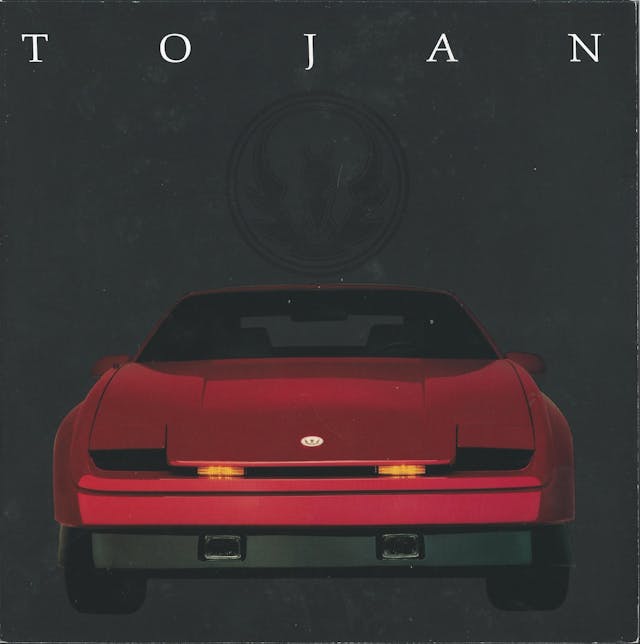
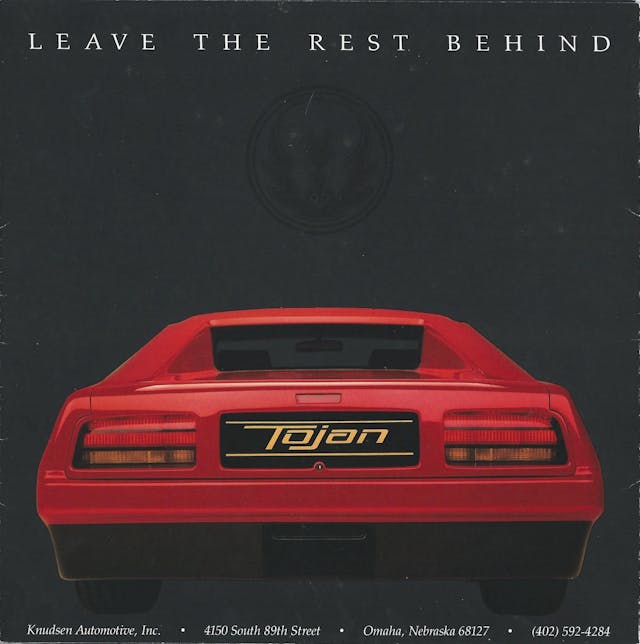
The Tojan story is an interesting one. Founded by Russ Knudsen in 1978, Knudsen Automotive began building “neoclassic” luxury cars along the lines of Great Gatsby–era pastiche designs like the Excalibur. The models were called the Baroque and were based on a GM G-body chassis and drivetrain to create a car that gave modern dynamics with classical styling. This small coachbuilder was keen to move with the times, however, and as the 1980s rolled around, Knudsen looked to see whether it could create something that suited the excessive aesthetic of the period, built once again on a GM-sourced chassis—and with the full blessing and support of the Detroit giant.
With the F-body Trans Am as his muse, Knudsen, alongside stylist Harry Bradley, penned his ideas for a svelte coupe, to be built from glass-reinforced plastic panels. The result is a hybrid construction that features a fiberglass hood, fenders, quarter panels, bumpers, and tailgate, built around the steel shell and doors of the Trans Am. If you squint a bit, you can very much still see the original car and its door swages peeking through, although the resulting design hangs together pretty well, in my humble opinion. Sketches were snail-mailed between Knudsen and Bradley, with little changes being made each way, until they’d managed to fine-tune the look of the thing. And whether you love or hate the final result, there’s no denying that it is both different and very representative of the design influences of the era.
Marketplace
Buy and sell classics with confidence
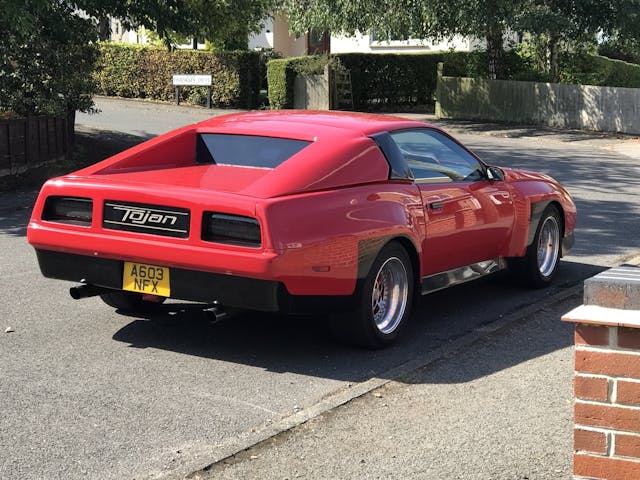
So, they had a design, they had a proven drivetrain, and in 1984 they were ready to press the button on a prototype. The very first car down the line, however, the car that would be used for all of those early motor show outings and brochure photoshoots, needed to hit a little harder, to make a noise in a sea of exotica, so Knudsen brought in fabled forced-induction guru and precision engine builder Gale Banks to create something truly special.
Banks had made a name turbocharging marine engines as far back as the late 1960s, but he also knew how to transfer that engineering prowess into a street-driveable motor. The solution he and Knudsen settled on? To simply drop Banks’ frankly insane, marine-proven 900-hp twin-turbo small-block V-8 into this first machine.
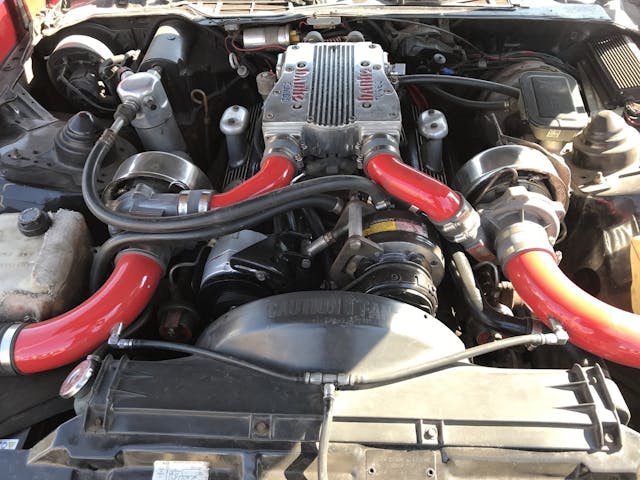
Still able to make a reliable 800 hp on pump fuel, the Tojan suddenly had what it took to create headlines and rock the supercar establishment. The resulting top speed run of this car allegedly took place on a very long, very straight road in Nebraska, easily clicking over 206 mph on the car’s digital speedo. Totally illegal. Totally unofficial. But there it was. The mythical double ton.
There may be a few of you at this point doubting Mr. Knudsen’s anecdotal evidence of this wild achievement, but when you start to examine what Banks was capable of—namely, creating a 1700 hp 454-cid V-8 that clocked 283 mph at a rainy Bonneville in another F-body Trans Am with minimal body mods—then it all starts to enter the realm of believability. Now, 800 hp is a lot of horsepower, and even with the glacial lag of those dustbin-sized turbos, you can imagine that with a road long enough, and a driver brave enough, it’s all decidedly possible. Sorry, Enzo…

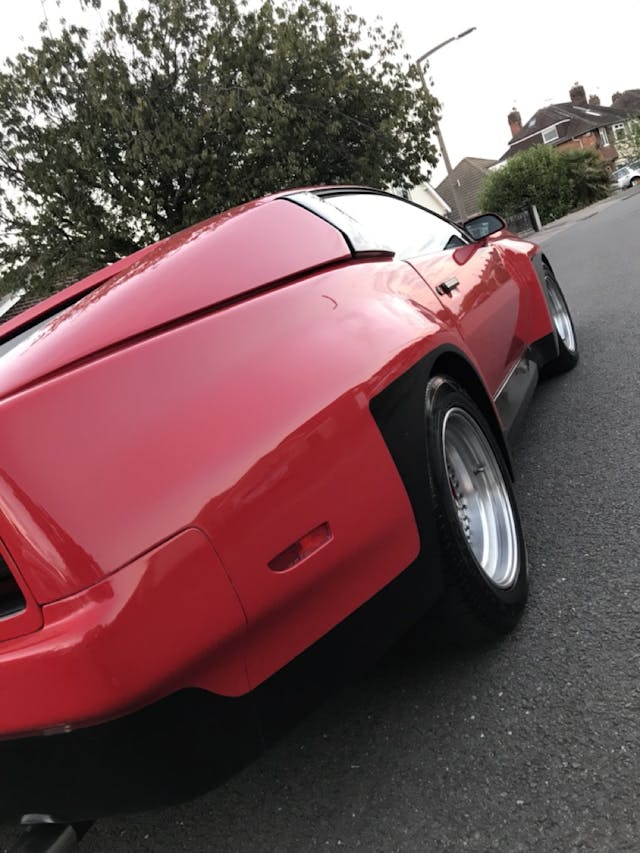
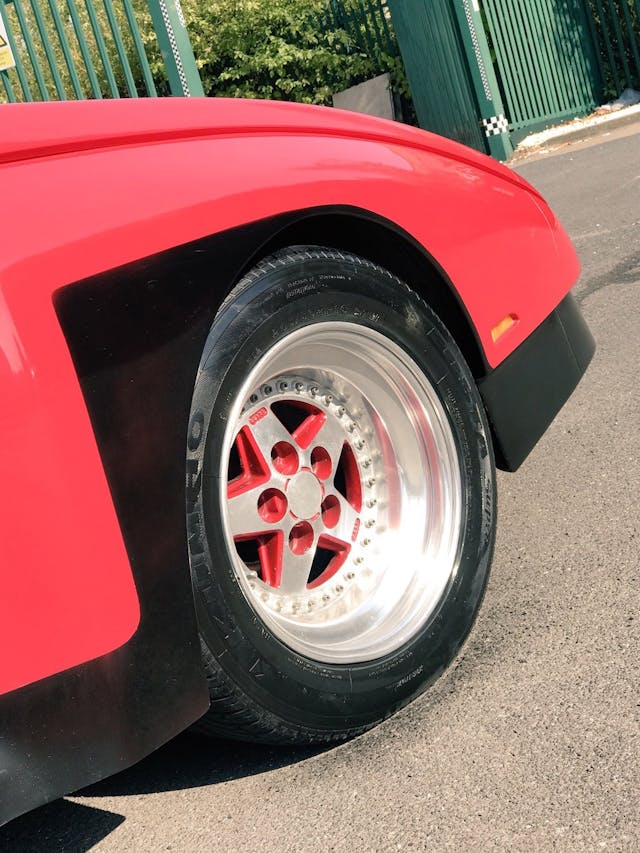
So, what happened to these crazy machines? After the success and press splash of the prototype, Knudsen went on to sell another 135 cars, mainly through Pontiac dealers and distributors, and with wildly varying specs that reflected the more bespoke nature of the machines and the intended clientele. Many options were available, like the aforementioned digital dash, a huge Countach-esque rear wing, Recaro seats, Gotti split-rim wheels, and, within reason, anything the customer wanted. Prices ranged from $36,000 to $62,000—and with TV appearances in shows like Miami Vice, Alien Nation, and even the Jay Leno movie Collision Course, the car began to make a name for itself, and for its creators.
As is almost always the case with these endeavors, and being the boutique manufacturer that they were, the Tojan was never going to be a volume seller, however. With the exception of one supercharged build, not one customer was brave enough to tick the ‘nuclear’ option of the rather expensive, full-fat Banks motor, despite it being an option available on every car. This makes the 200mph car the only one of its kind ever made.
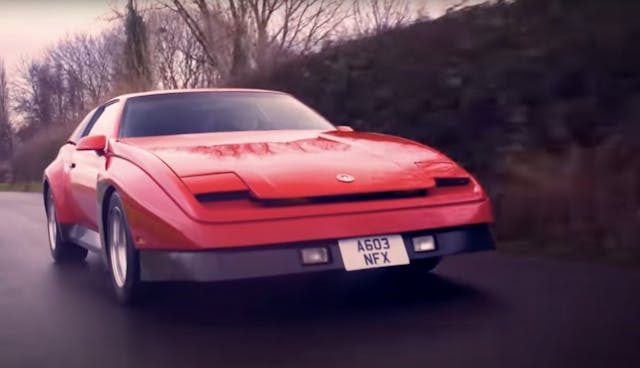
And what happened to that prototype, you ask? Believe it or not, it was shipped to an enthusiast in Poole, England, back in the mid-1980s, where it stayed up until a few years ago, when I was fortunate enough— perhaps persuasive enough—to add it to my collection. I’m delighted to say that Chassis #001 is still in the very rudest of health, although I can also attest that it probably hasn’t been within a sniff of 200 mph in a very long time. A previous engine rebuild many moons ago means that the choice Banks internals are no longer there, and although the car is still quite capable of picking up its skirts and going… eventually, thanks to all that lag, I’ve never been brave enough to drive it through the insane front end lift it generates at 140mph—where safe and legal to do so, of course. That’s plenty of speed for both a 40-year-old car and 50-year-old driver, anyway, don’t you think?
In this year of 40th anniversaries, it seemed only right to dust the old girl down for her celebration of four decades since this incredible first, and give her another moment in the sun. Our UK friends can expect to see the Tojan in pride of place at this year’s Radwood show, as well as in a slew of magazine and web features throughout the year. I may not have the official timing slip that the guys at Maranello got in 1987, but I’ve got Mr. Knudsen’s word as a gentleman, and Mr. Banks’ mark as an engineer, that I’ve got the world’s first 200-mph production car in the garage. And in my book, that’s even better.
***
Check out the Hagerty Media homepage so you don’t miss a single story, or better yet, bookmark it. To get our best stories delivered right to your inbox, subscribe to our newsletters.

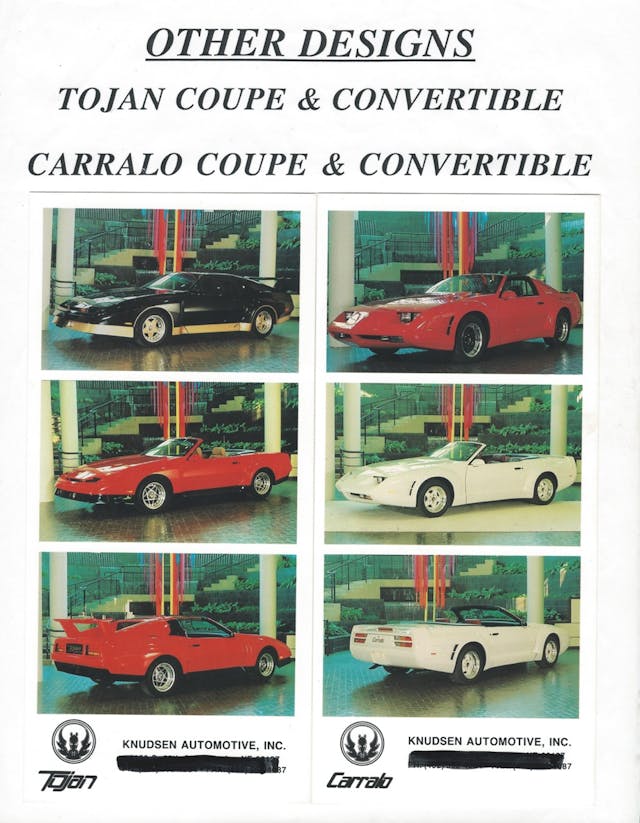
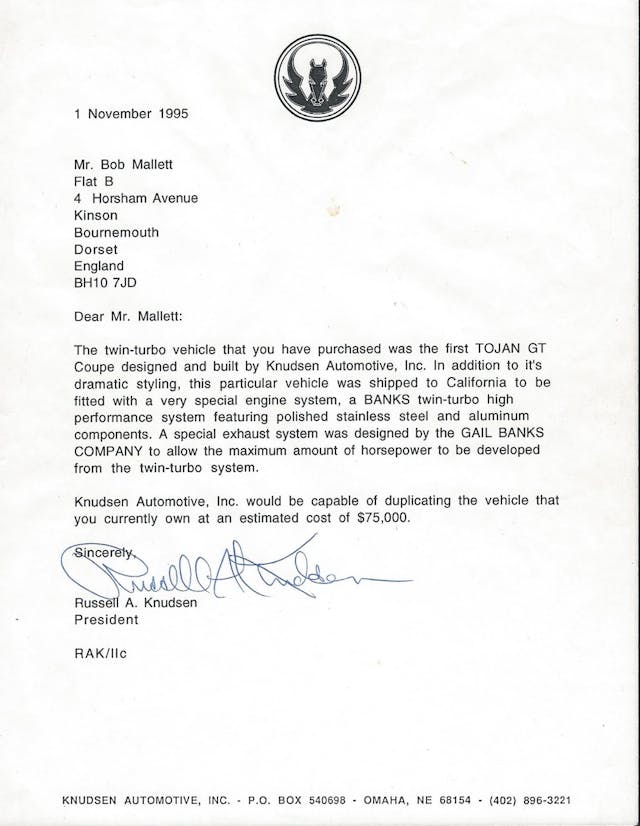











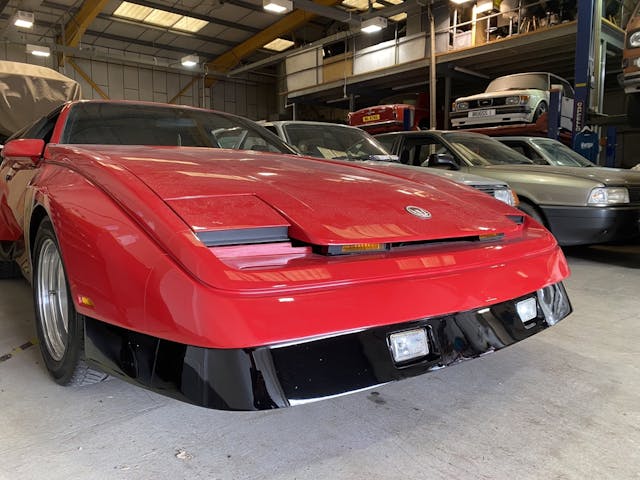
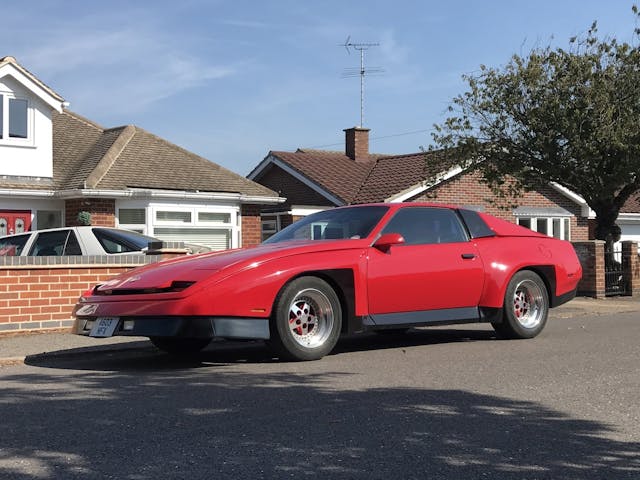
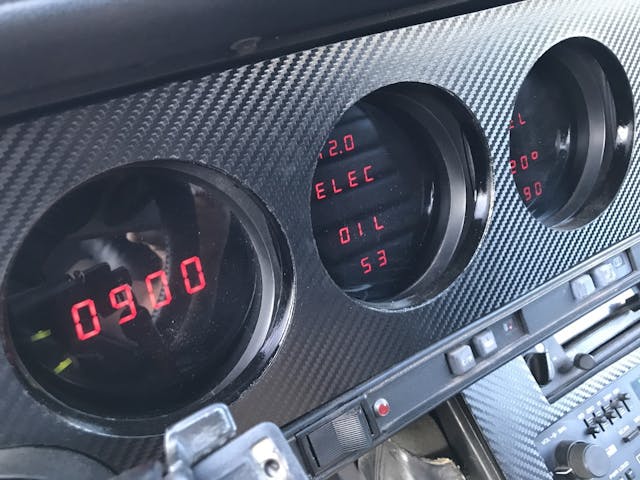
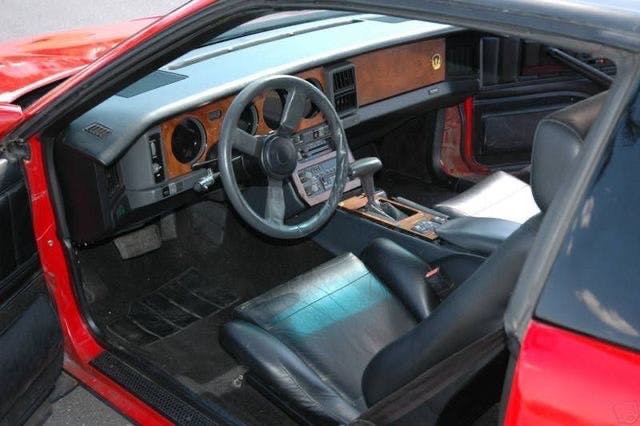












The engine was great but the new body was far from an improvement.
It sure WAS an improvement over the previous version when it came to handling.
Good thing they left off the Pontiac Ribbing. Then it would have been a Ribbed Trojan.
OK, I was trying to come up with something, but you beat me to it.
Well played, sir!
Yes, it WAS well played.
Thats a safe bet !
Good lord, yes! Who chose that name? Bring back the old Native American / Indian names; let the Greeks alone! Always liked Star-Chief…
The name was really unfortunate. I would’ve called it a Toejam.
You beat me to that name! :)))
I also thought Trojan or Toejam. Tojan is a weird name. It doesn’t hide the Trans Am too much, just a bit smoothed out in the front and a fairly different rear end. It’s kind of cool, I would love to hear/see that Banks motor in action!
I recall these engines. They really did really sound special but did make power. But compared to today’s engine you would find faults.
The systems Banks built for the salt though were amazing as this could and did take a Trans Am to 300 mph even with the AC and radio in a car with a stock body. If I recall it was the first door slammer to 300 mph.
Or “Tojan Horse” …not quite a Prancing Horse.
Nice car, great story well told.
I don’t believe that ugly piece of shit can get anywhere close to 200 mph. I would need video proof to believe that statement.
Yes and then you would say that was fake to. Love your great attitude 🙂
Keeping it classy Greg.
I’m pretty sure a Banks powered motor could sling a F-Body to 200 Mph. I’m also pretty sure I wouldn’t have the stones to push it that far, nor should you in a one-of-one vehicle.
Great car, great story, and happy it’s preserved.
And Greg can drive whatever he wants…
Agreed on Greg’s car choice…
Hey Greg, I can hook you up with a Renault Le Car……….
Car and Driver tested a Trans Am with a Banks 700 Hp engine to 204 so this thing with 800 I’d believe it. If I were Paul I’d be very careful trying that though because at close to that speed the side windoes started to lift from their seals (frameless windows) and they realized they could only go in a straight line because any turn would have blown them completely off.
Agreed. It is ugly. And I wouldn’t quantify this as a particularly stylish vehicle. The interior is bland. Heck I think the article is misleading. I thought they were going to say a Pontiac was capable Of This. This is a totally different ‘kit’ car getup with a different engine. It’s a very low production volume car and sounds like not every car was capable of 200MPH. So I’m Sticking with my Ferrari.
I was in high school and my father bought a black convertible. He traded in a mustang McLaren for it. Big mistake. Unfortunately it had the Pontiac T/A engine in his. The car drove like a truck all over the road, and the split rims always leaked air. Some days waking up to a flat tire. My mom drove the car and she was stopped by Miami Vice TV show guys. I think they paid her around $300 to take a briefcase out of the trunk. Was a very quick scene. I drove the Tojan to my homecoming parade and was in front center of that parade. I had 2 sitting on the trunk lid with the top down idling down Coral Springs drive. Eventually the car was stolen at a restaurant in Miami and it was found just a chassis. Those recaro seats were very nice. Turned out my mom went to trade it in they were offering her Trans am trade. So that outcome was very beneficial.
The account of breaking the 200 mph barrier reminded me of the account of Chris “The Greek” Karamasines and his 200 mph pass at the Alton Dragway. It was not an officially sanctioned NHRA event, so it took many years and analysis of an 8mm film to get the drag racing world to agree that he did it before Big Daddy Garlits or Connie Kalitta.
This is clearly not a production car. 135 units doesn’t even qualify for homologation. I expect better from Hagerty. I saw some comments about the name. I seem to recall they wanted to name it Trojan, but had trademark issues and dropped the r.
That could be as there was a British car calle the Trojan, which was chain driven and were produced from 1877-1957. “In 1913 a prototype was completed. It had a two-stroke engine with four cylinders arranged in pairs, and each pair shared a common combustion chamber – a doubled-up version of what would later be called the “split-single” engine. The pistons in each pair drove the crankshaft together as they were coupled to it by a V-shaped connecting rod. ” (Thanks to Wkipedia,) It also used solid rubber tyres.
Agreed. Very misleading article. This is not a production car. Definitely not a Homologation special
Those Trojan cars We’re cool when they were new you get one a couple years old forget about it fiberglass cracks looks like crap. The paint sort it’s falling off and then they bring it to the Pontiac dealer to try to get it straightened out. What a POS they ended up being.
Kinda reminds me of a Mitsubishi Starion.
Hardly a “production” car. 135 made, only one spec’d out to reach 200…. Move along… nothing to see here.
But remember, a lot of exotics have smaller production runs than that.
The McLaren F1 with 99….give it take.
Did we all forget about the 1969 Dodge Daytona and 1970 Plymouth Superbird?? Both cars were officially able to hit 200 MPH as recorded by NASCAR, and both were considered production cars based on volumes produced. A little over 500 of the Daytona’s were produced (rules of NASCAR at the time) and about 1290 of the Superbird’s (new NASCAR rules at the time). Chrysler had to stop racing these cars in 1971 when NASCAR decided the 200+ MPH cars would eb too much of a risk – yeah, a risk to the other drivers not having a chance at winning! Reports say that the Daytona was about 1-3 MPH faster than the Superbird due to it’s slightly lower coefficient of drag (.29 vs .31).
Ah yes, back when NASCAR was interesting because the cars were based on production cars. There was real competition among the manufacturers, constant tweeking of the bodies to improve the cd, and some beastly engines. Pit stops took so long, the drivers would have a smoke and a beer. Good times.
Ford won the championship in 69 and 70.
Ok, 800HP will get you going but to get anywhere near 200 MPH you gotta have lots of gears ore big spread between them. What gearing was/is in it? Looks like an auto transmission, three or maybe four speed I’m guessing for the time.
It’d be a 700R-4 or 2004-R in that F-body. Odds on a 700. 200s were relatively uncommon.
So, .76:1 in top gear. Rear could be anything in 8.5″ 10-bolt GM land from a 2:73 to a 3.89 could be COPO’d.
Aftermarket?
Sky is the limit.
Remember this thing is half GM off the shelf, half whatever they guy wanted to stab in there. It’s literally anything available from performance catalogs combined with GM production parts.
One off? Hardly a production car. In 1956 Donald Healey drove a modified Austin Healey 100-6 to over 200 mph.
Pontiac was always the best part of GM. This particular car’s style is great and way ahead of its time …..and those cartoonish contemporary Firebirds! Pontiac wasn’t afraid to take chances.